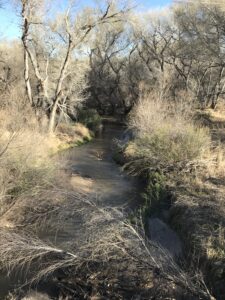 My first interviews of Wisdom Road Leg 2 were in the small town of Tubac, Arizona, about 30 miles north of the border with Mexico. Tubac is like a mini-Santa Fe; a couple of restaurants but about thirty art galleries and flocks of snowbirds at this time of the year. The Santa Cruz River, really a creek, runs north through the edge of town where an old Spanish presidio still stands.
My first interviews of Wisdom Road Leg 2 were in the small town of Tubac, Arizona, about 30 miles north of the border with Mexico. Tubac is like a mini-Santa Fe; a couple of restaurants but about thirty art galleries and flocks of snowbirds at this time of the year. The Santa Cruz River, really a creek, runs north through the edge of town where an old Spanish presidio still stands.
Alex LaPierre, whose perspective and knowledge of regional and national history belie his 35 years, grew up in both northern and southern California but has made Tubacd home. He and his wife, who grew up in Mexico, have a bi-national organization committed to building public understanding about the Borderlands.
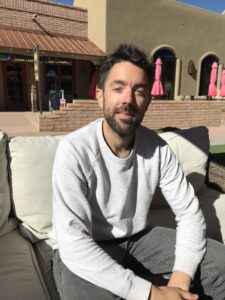 “I always thought that America kind of picked on Mexico. It’s so easy to paint our neighbor as this dystopian hellscape on the news, and it’s really not. The further away you are from the border, the bigger the myth of the border is. The closer you are, the more pragmatic you are. There’s people that cross every day, whether it’s school and medical, or just a part of life. You don’t really get to hear those voices when you hear something about the border.”
“I always thought that America kind of picked on Mexico. It’s so easy to paint our neighbor as this dystopian hellscape on the news, and it’s really not. The further away you are from the border, the bigger the myth of the border is. The closer you are, the more pragmatic you are. There’s people that cross every day, whether it’s school and medical, or just a part of life. You don’t really get to hear those voices when you hear something about the border.”
“Nogales is our border crossing here in Arizona. There’s no geographical separation like there is in Texas with the Rio Grande. It’s literally one town that’s separated by a line someone drew in Washington, DC and Mexico City in 1853. The Mexican and Hispanic and Anglo cultures are so cross-pollinated, not just here along the border. We take it for granted, how much Mexican culture has impacted American culture. Food, drink, clothing, art, music, just about everything, and all of that has migrated north from this area.”
“Billions of dollars worth of fresh produce fruits and vegetables cross the border here every year. The biggest Ford plant in the world is in Nogales; the railroad that you can hear in the nighttime here, they’re shuttling food, and chemicals and equipment and F-150’s across America.”
“People say, ‘Oh, I don’t want the dirty Mexicans here’ or whatever. How can they not see their ancestors in those people that are coming to this day? How do they think that their ancestors, if they’re not Native American, arrived onto the shores of America? Most Mexicans are the nicest, most hospitable people you will ever want to meet. There is a fundamental disconnect here.”
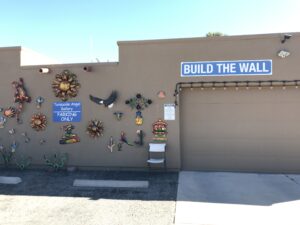 “That’s our blindness. It was the Irish, it was the Polish, it was the Italians, the African slaves, that built our country and are such an important part of our history. We need people to come and work the jobs that Americans don’t want to work. It’s just unrealistic, and that it doesn’t compute with the globalized world that we live in, and that we all benefit from. You want to go to the grocery store and pay $10 for lettuce? I mean, I don’t think anyone wants that.”
“That’s our blindness. It was the Irish, it was the Polish, it was the Italians, the African slaves, that built our country and are such an important part of our history. We need people to come and work the jobs that Americans don’t want to work. It’s just unrealistic, and that it doesn’t compute with the globalized world that we live in, and that we all benefit from. You want to go to the grocery store and pay $10 for lettuce? I mean, I don’t think anyone wants that.”
“Over there on the next street you’ll see an art shop with a big “Build the Wall” sign (My note: and a bunch of other political signs I won’t mention), and almost all of the art he is selling comes from south of the border, made by Mexicans. The irony is staggering!”



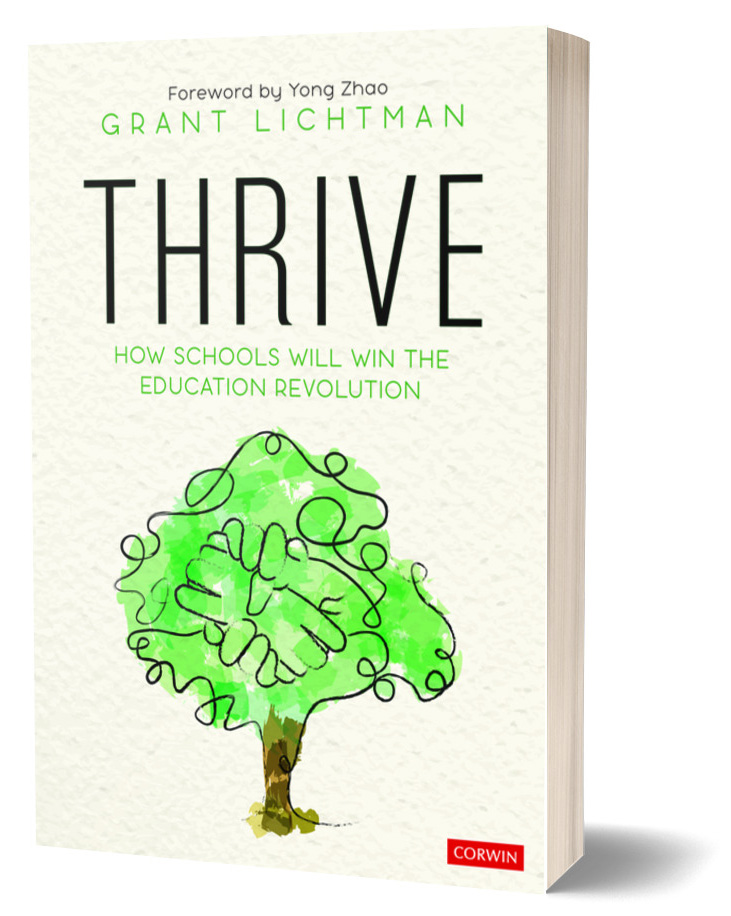
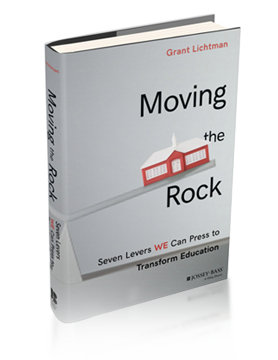

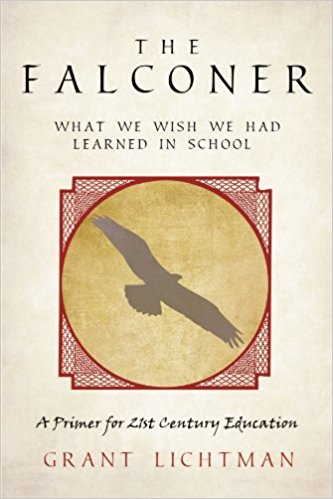





This little village of Tubac has a fascinating history and like much of the Southwest, was once part of Mexico. The DeAnza expedition established the Presidios here and just south in Tumacacori in the late 1700’s and then went on north and then west where they built the Presidio in San Francisco and Monterey. There’s a lot we could learn to appreciate the cultural history that we’ve spent years either trying to wipe out or ignore. We did the same with the Native Americans as you have documented previously. Kudos on your Wisdom Road tour and we will look forward to traveling along vicariously.